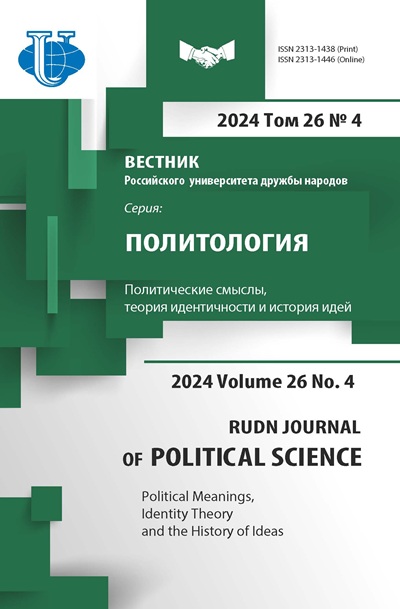Abstract
When pursuing a policy in the field of managing political and territorial heterogeneity, States are forced to consider the complex nature of societies. To record data on the manifestation of certain identities, ethnic statistics are conducted, carried out more often in the census format. The changes recorded by identity censuses reflect changes in attitudes towards the most significant categories, their hierarchy, as well as the way these categories are grouped. The article aims to characterize the census as a tool for constructing ethnic groups, which leads to institutional changes in the very concepts of belonging, as well as to the reform of political institutions. Based on the theoretical foundation of the socio-constructivist approach, it is shown that the census not only and not so much reflects social reality in its ethnic aspect, but rather constructs it. The performative power of identity categories used to classify people by ethnicity has been recorded. The State practice of ethnic counting and classification gives ethnic categories their institutional form. It is proposed to consider ethnic categories in the context of the concept of institutionalization of ethnicity, the meaning of which is the rooting of ethnic categories in the political process. Through the approved categories, government agencies are able to record statistics, and determine a set of membership lists, and use these criteria of attributes in management practices. The key practices of instrumental solutions in this regard are related to the reforms of the administrative-territorial division, the system of government, the granting of autonomy, as well as various preferences.
















